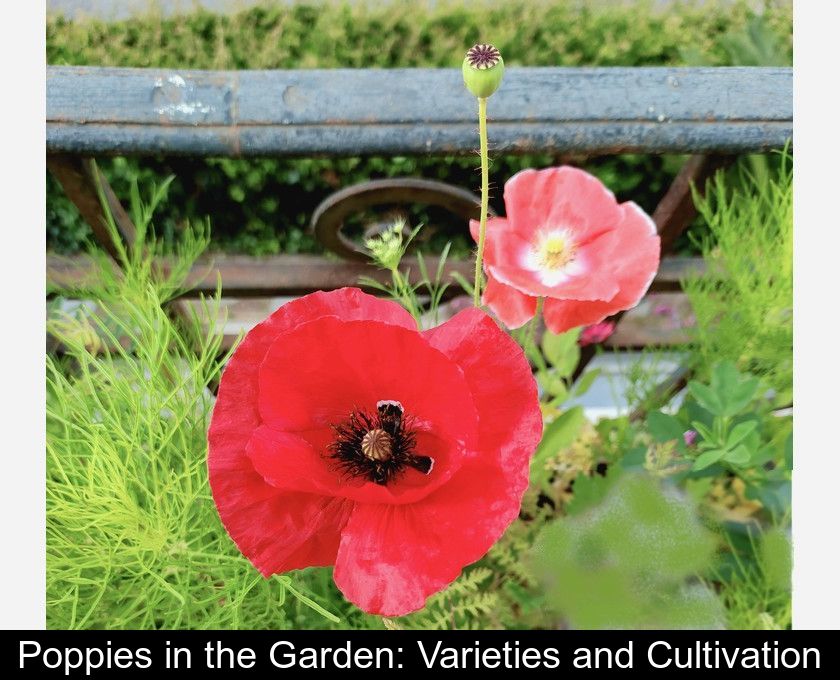Poppies In The Garden: Varieties And Cultivation
With their bright colors and pretty crumpled flowers, poppies have everything to please! These plants, which can belong to different botanical families, share the common trait of being easy to grow. These flowers are unmatched in bringing a touch of color and cheerfulness to gardens. We will explain why and how to grow them in your garden.
Why plant poppies in your garden?
From the end of spring and throughout the summer, poppies bring cheerfulness to gardens with their bright colors and slightly crumpled delicate petals. This generic name refers to plants of the genus Papaver but also to flowers belonging to other botanical families.
Their light yet conspicuous flowers embellish both flower beds and rockeries. You will have a wide choice among numerous varieties that are both aesthetic and easy to cultivate.
Good news for lazy gardeners: these pretty flowers do not require special care! Another advantage: all annual poppies reseed abundantly.
Which varieties of poppies should you choose?
The genus Papaver includes about fifty species known as true poppies.
Among them are:
- the corn poppy or Papaver rhoeas.
- the Iceland poppy or Papaver nudicaule.
- the opium poppy also known as sleeping poppy or Papaver somniferum.
- the alpine poppy or Papaver alpinum.
- the oriental poppy with large flowers or Papaver orientalis.
Additionally, flowers from other botanical genera are also called "poppies" such as:
- the California poppy with bright orange-yellow flowers (Eschscholtzia californica).
- the Welsh poppy with a beautiful bright yellow color (Meconopsis cambrica).
- the tree poppy or Romneya coulteri.
- the blue poppy of the Himalayas (Meconopsis betonicifolia) with an unreal azure blue!
How to grow poppies?
As a general rule, true poppies belonging to the genus Papaver are cultivated by sowing in autumn or spring. Since their flowering period is rather short, you can stagger your sowing between March and July.
They appreciate well-drained and light soils, even poor ones, and sunny and open exposures.
On the other hand, the Blue Poppy (Meconopsis betonicifolia) and the Welsh poppy (Meconopsis cambrica) prefer partial shade.
Since each of these flower species has its own preferences regarding exposure and soil, it is advisable to inquire about the growing conditions at the time of purchase.







